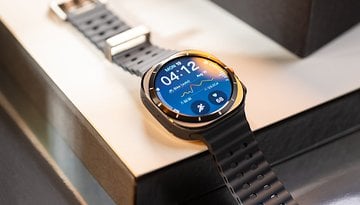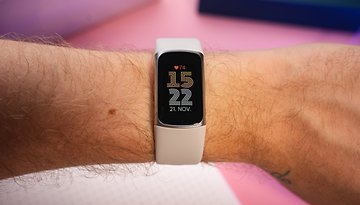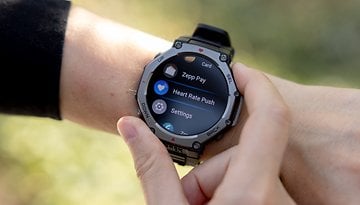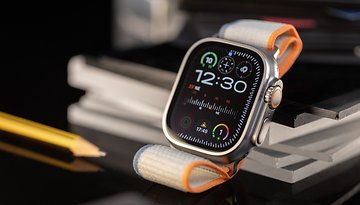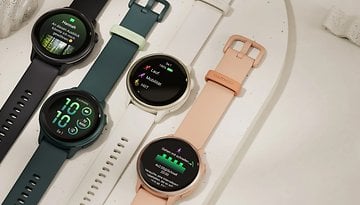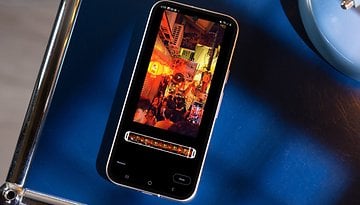The Best Standalone VR Glasses: Five Models Compared
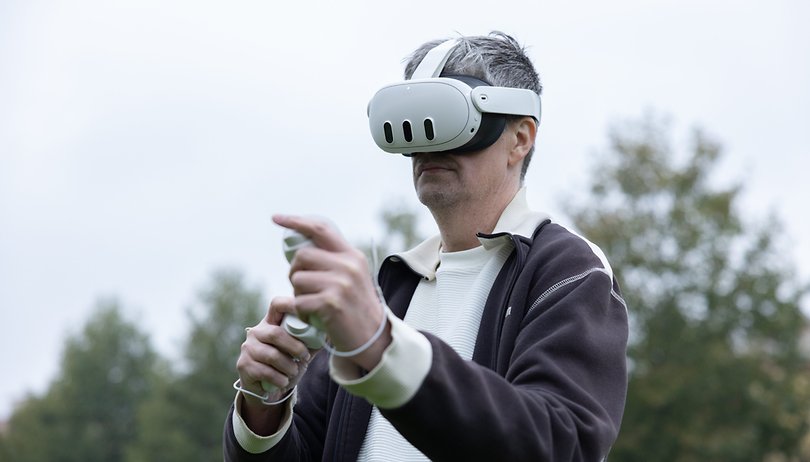

You are looking for the best standalone VR glasses, or do you already know something about the Meta Quest 2, Meta Quest 3, Meta Quest Pro, HTC Vive XR Elite, or even the Apple Vision Pro and don't know what to do with it? Then nextpit is the right place for you. We give you an insight into the world of AR, VR, MR, and XR and introduce you to the current All-in-One VR/MR glasses.
Five current standalone VR glasses in comparison
| The all-rounder | The cheapest | The most expensive | The industry leader | The biggest disappointment | |
|---|---|---|---|---|---|
| Device | Meta Quest 3 | Vive XR Elite | |||
| Image |

|

|

|
 |
 |
| Dimensions and weight |
|
|
|
|
|
| Display and optics |
|
|
|
|
|
| Processor |
|
|
|
|
|
| Memory |
|
|
|
|
|
| Cameras / Tracking |
|
|
|
|
|
| Battery and runtime |
|
|
|
|
|
| Connectivity |
|
|
|
|
|
| Sound |
|
|
|
|
|
| Other |
|
|
|
|
|
| Controller |
|
|
|
|
|
| Operating System |
|
|
|
|
|
| Sales launch |
|
|
|
|
|
| Pros |
|
|
|
|
|
| Cons |
|
|
|
|
|
| Review | |||||
| Check offer* |
|
Table of Contents:
- Buying advice: What should you look out for?
- The best standalone VR glasses according to the nextpit editorial team
Buying advice: What should you look out for?
AR/VR/MR/XR: What's the difference?
Anyone interested in virtual reality has probably been confronted with abbreviations like AR/VR/MR and XR more than a few times. These stand for augmented reality, virtual reality, mixed reality, and extended reality.
VR, or virtual reality, is a completely separate world, which has been programmed like a computer game and completely isolates the wearer of the headset from the outside world. The user moves "directly in the game" or the corresponding simulated world. Sensors and cameras recognize the body movements and adjust the optical display accordingly. The first known manufacturers include HTC with their Vive or Oculus with the Oculus Rift from 2016 (Developer Kit 2014).
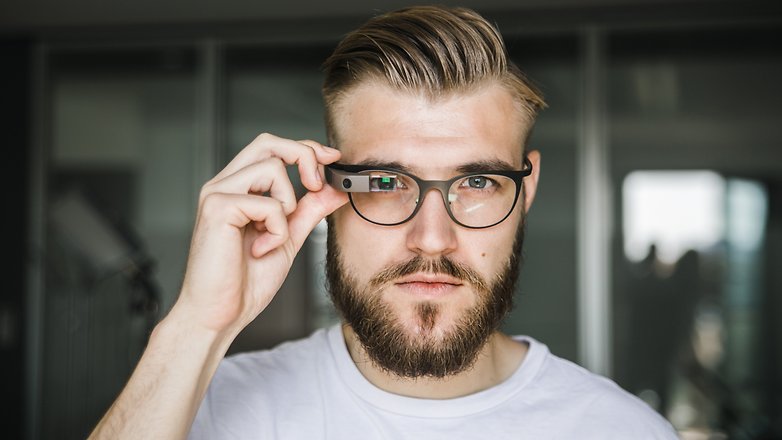
Augmented reality, on the other hand, gives users a clear view of the "real" environment. It usually comes with a display, as with Google Glass, additional information is superimposed—hence the term "augmented reality". The latest model in this category is the Oppo Air Glass 2, which is no longer recognizable as a wearable device despite its built-in speaker and microphone. This means it can be used in a practically invisible manner in everyday life for live translations or navigation.
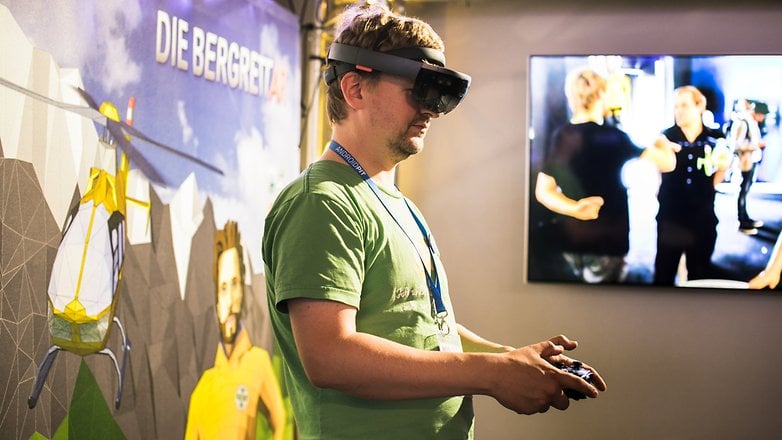
With mixed reality, the name already suggests the following: It mixes AR and VR in a certain way. A distinction should be made between the two approaches. On the one hand, there is the very well-known Microsoft HoloLens or simple head-up displays in cars. In my opinion, both of these are incorrectly referred to as "mixed reality". The second approach is the Meta Quest Pro which was recently introduced by Facebook.
Here, the term MR is justified because the users basically see computer-generated images and record the actual reality with an external camera, and this image is also mixed with the VR image. For example, only parts of the "live image" such as a real keyboard or coffee cup on the table can be displayed and the rest consists of virtual reality. In the all-in-one glasses presented by us here, this so-called "passthrough" mode is available in all three headsets.
The only thing missing is the XR, i.e. Extended Reality: here, too, I would speak of a kind of Mixed Reality, although it is rather the overarching term of AR and MR. Apple has now brought this term back into the conversation with its planned Apple Glass and Reality Pro glasses. However, some like to distinguish the terms by the amount of additional virtual elements, graphics, or added "holograms".
In my opinion, over the long or short term, there will only be one form of artificial addition to reality. We are currently in the middle of the development process, so the entire shebang can be a bit confusing.
Wireless or tethered?
While this question doesn't even arise with augmented reality because it focuses on mobile (the most popular example: Pokémon Go for the smartphone), the question does arise with VR. Although this article focuses on standalone VR glasses—i.e. without a cable connection—you would think that the question would be pointless here as well. However, since our three mentioned candidates can also be operated in a wired manner through a high-performance PC, I want to elaborate on it a bit.
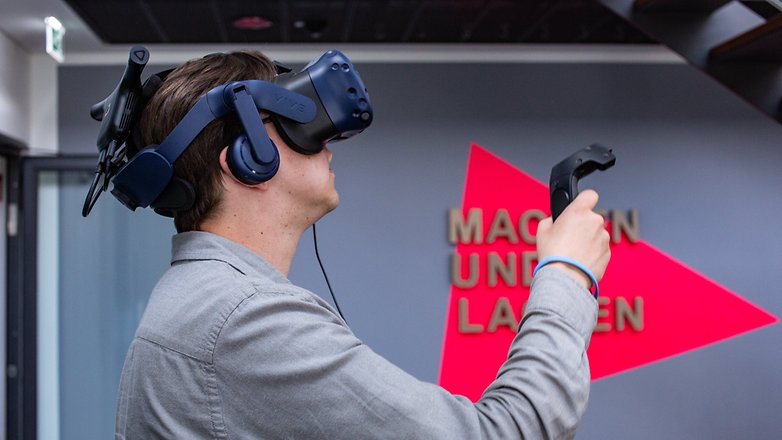
The first VR glasses like the Oculus Rift or the HTC Vive are wired VR glasses, which require a gaming-ready PC. Current models like the HTC Vive 2 Pro, which we are currently reviewing in the NextPit editorial office, also rely on a wired connection. The minimum requirement for the PC's graphics card is currently an NVIDIA GeForce RTX 2060 or AMD Radeon RX 5700 or better.
However, standalone VR glasses like the Meta Quest 2 can also be connected to the gaming computer with a link cable if desired. The advantage? It is not the Snapdragon X2(+) that comes installed in the headset that provides the necessary performance, but the powerful PC. The result is a higher resolution and performance, as well as access to PC-exclusive VR games from the Steam and Oculus VR stores. The downside: With a wired connection, you're locked to a location near the computer - regardless of the fact that, as a rule, the cable is perceived as annoying in the game.
The Meta Quest 2, Meta Quest Pro, and also the Pico 4 offer a connection via WLAN (called "Air Link" at Meta) in addition to the cabled connection to the PC. In that case, only the most powerful PC builds possible can be used to deliver amazing performance, and there is no limit when it comes to accessing the Steam and Oculus VR Store.
Which lenses are available?
Who does not know about them? The Google Cardboard and Samsung Gear VR, are the forerunners of today's VR glasses. Back in 2014, Samsung worked very closely with Oculus (now known as Meta). The basis for VR enjoyment at that time was the smartphone with its processor, sensors, and display. The Gear VR provided the appropriate bay for the smartphone (preferably the Samsung Galaxy S6) and positioned two Fresnel lenses in front of the 5.1-inch AMOLED display (2,560 x 1,440 pixels): and voilà - the VR glasses were ready.
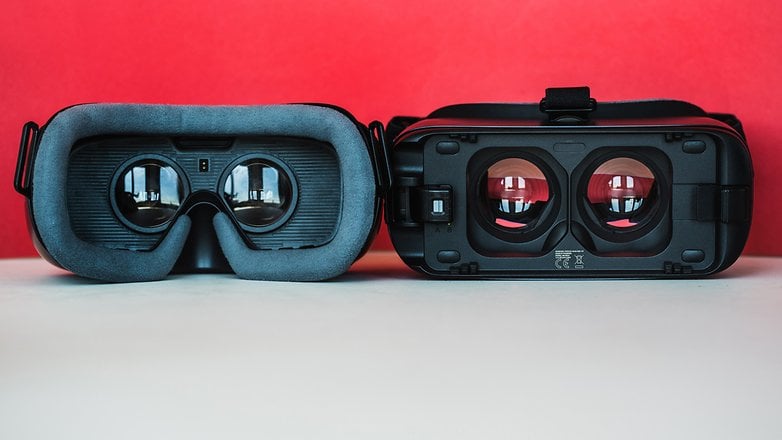
Fresnel lenses are still used today, such as in the Meta Quest 2, but are increasingly being replaced by so-called pancake lenses. Both the Pico 4 from DreamDance and Meta use them in the Quest Pro. Now you are rightly wondering what the differences are between a Fresnel and pancake lens.
Before I make it too complicated by waxing philosophy about the cut, chromatic aberration, and the different light bundling, I'll keep it short and sweet: Pancake lenses offer more advantages than disadvantages compared to Fresnel lenses. They are significantly thinner and thus support the trend towards increasingly lighter and unobtrusive designs of VR glasses. Thus, a pancake lens is increasingly advantageous for eyeglass wearers as well. So far, plastic has been used for manufacturing. However, Meta hints that the pancake lenses will be made of glass or with glass components. An answer is still pending.
Applications: from office to gaming
Our three standalone VR glasses presented here have far more application fields than you might think at first glance. The primary categories are entertainment, fitness, gaming, office, and social. I have deliberately left out the B2B sector, i.e. business applications such as architectural offices, doctors, car design, and training purposes.
Classic examples of entertainment include live TV, YouTube, and Netflix. Fitness is probably self-explanatory and a nice thing for people who want to burn a few calories without having to go to a real gym. Gaming was probably on everyone's mind and also needs no explanation.
The office category is a bit different: With Meta Horizon Workrooms, you can not only hold meetings in large or small teams but also give presentations or work productively on a whiteboard from anywhere in the world. You can also take many documents with you into the meeting and share them.
But a "home office" setup is also possible with several virtual monitors. This is especially true with the aforementioned passthrough mode, which displays your keyboard or offers one of the compatible keyboards virtually, opening up completely new possibilities. Although other providers such as Immersed Office also offer good alternatives, Meta will probably ultimately prevail in this area as well.
And of course, this is where Mark Zuckerberg's highly praised Metaverse comes into play. With the Meta Quest Pro, eye and face tracking is possible, and breathes facial expressions into your virtual avatar, which immediately lends a more life-like conversation.
Sufficient space
All three VR goggles require a so-called "Guardian Line" in addition to the floor height during the initial setup. This is the area that you should use as a VR playground in the future. The minimum size should be 2 x 2 meters and no larger than 5 x 5 meters. If there is a TV or other easily breakable items in the immediate vicinity, move them aside or make the area smaller at this point. I have already managed to hit my Smart TV with a decent swing while playing VR tennis. Everything was all right in the end, but it could have ended differently.
In the so-called "Roomscale", you can also virtually draw in your entire room including the couch, table, and other VR furniture, doors, and windows. In fact, it is also possible to virtually map the entire apartment, but this requires an app that can only be installed via sideload, which would be the wrong place for a tutorial in this overview.
The user interface and the right VR store
Android is used in three of our recommended VR glasses. One packs its own user interface on top, making it similar to a smartphone, but in the end, it is Android, with all its advantages such as sideloading that was mentioned.
Every manufacturer like Vive, Oculus, Pico, and Meta has their own VR app store. The price per VR app starts at around $10 and above, although there are exceptional cases that cost a whopping $60. Of course, you have to decide which store to invest your money in for the long term.
However, we already learned that all three standalone glasses also support the Oculus and Steam VR stores via cable or Wi-Fi connection to the PC. Thus, there is virtually no risk of incompatibility when buying from these two stores - unless you don't want to constantly bring your computer to the start in order to quickly play a bit of VR. A classic title here would be Saber Beat, one of the most popular meta VR games (only for meta glasses), which is currently available for free (until 12/31/22) with the purchase of a Meta Quest 2.
To be fair, the app lineup for both Meta VR glasses is significantly larger than it is for Pico (as of December 2022).
What else is out there
Finally, I would like to end this segment of the NextPit buying guide for standalone VR glasses with a couple of points. For example, it would be worth mentioning what else is available for virtual reality glasses, or what we should expect in the near future. On the one hand, Lenovo has been active in this field for quite some time, but only offers its products, such as the Lenovo VR700 and the Lenovo ThinkReality VRX, in its home country China.
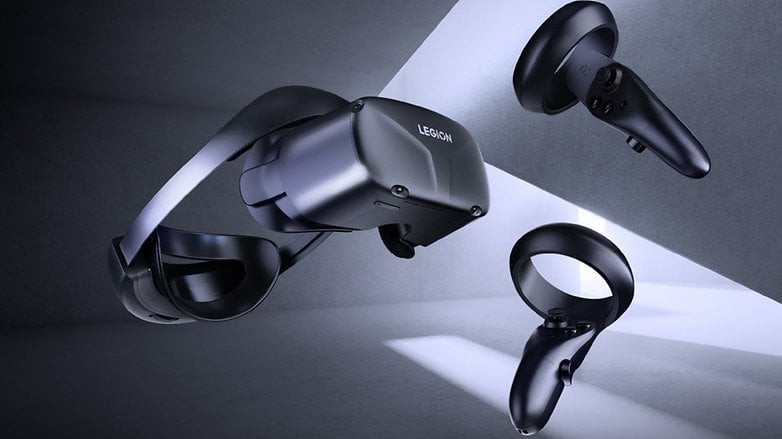
Samsung also is rumored to be entering the (virtual) battlefield, albeit not yet concretely, with a new standalone VR headset. So far, Samsung's CEO has only stated that they are currently working on such an all-in-one headset in close cooperation with Google and Qualcomm. The first results should be seen before the end of this year. We are curious.
Apple supposedly has an Apple Glass or Reality One, known as the Apple Reality Pro, in the works. There are constant patent applications, so the assumption is obvious that they want to slowly get involved in the whole shebang. But Cupertino is known to never be in a hurry.
The best standalone VR glasses from the NextPit editorial team.
Below, you can find more details about the three standalone VR glasses that are currently the most promising models as agreed upon by the NextPit editorial team.
The industry leader: Meta Quest 2 (formerly the Oculus Quest Pro)
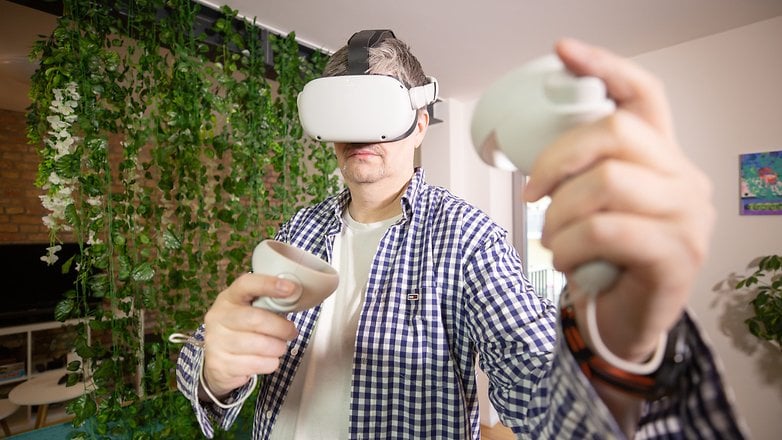
Read our in-depth Meta Quest 2 review to learn more
The Meta Quest 2 is a really accessible entry point for those who are keen to join the world of virtual reality. It's a relatively affordable VR headset ($399) and is quite complete. Its weak point is the integrated battery with a 3,640 mAh capacity which only provides two hours of runtime.
The Passthrough camera is also the only one among the selected models to show images in black and white and not in color. Logically, such image quality suffers. Nevertheless, when it comes to the availability of VR applications, the Meta Quest 2 is far superior to the competition. It can also be connected to a PC using a link cable or an Air Link connection to access the vast offerings found in the Oculus and Steam VR stores.
Likewise, the Meta Quest 2 is the only VR goggle in our review that experimentally offers a refresh rate of 120 Hertz, albeit based on Fresnel lenses. Finally, it is the best choice due to its durability.
The cheapest: Pico 4 from ByteDance
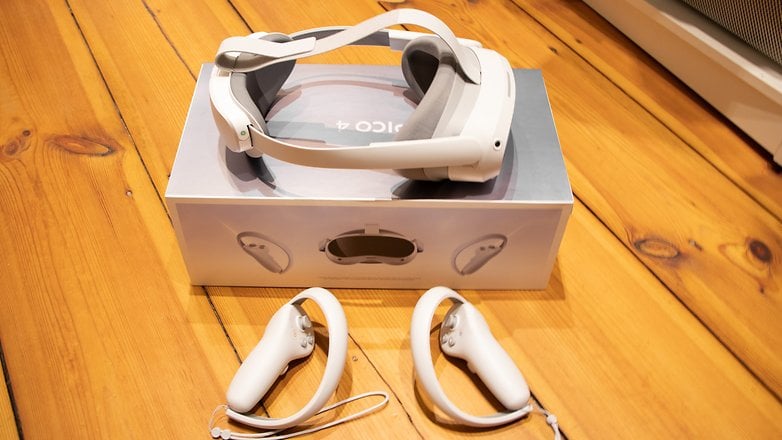
Read our in-depth Pico 4 review to learn more
The Pico 4 offers the best quality/price ratio on the market today. It is $100 more expensive than the Meta Quest 2 but comes with a far larger 5,300 mAh battery, pancake lenses, a color passthrough function, and a rear-mounted battery for better comfort.
Where the Pico falls short compared to the Meta Quest 2 is in the maturity of its software interface and the size of its game catalog. The many Meta exclusives will probably never see the light of day on the Pico 4. Apart from that, the Pico 4 offers excellent image quality with its two 2.56-inch LCD screens that offer a higher resolution of 2160 × 2160 pixels.
The displays, including the pancake lenses, can be electrically adjusted to optimize the eye distance (IPD). Here too, having a wired or Wi-Fi connection to the PC is possible, letting the user access Steam and the Oculus VR Store.
Another, albeit negligible, drawback is this: the Pico 4 doesn't have a jack to hook up to separate headphones. On paper, the Pico 4 has everything inside to please the masses and could provide serious competition to the Meta Quest 2. However, is it really a feat worth trumpeting against a product that has already been around for some time and could soon be replaced by the Meta Quest 3?
The newest and most expensive: Meta Quest Pro
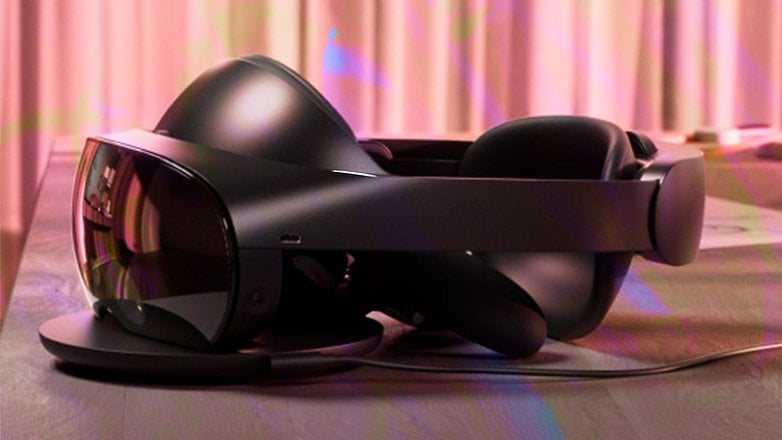
Read our in-depth Meta Quest Pro review to learn more
Let's come to our flagship product, the Meta Quest Pro. It is in a rather peculiar position since it does not primarily cater to individuals, but rather, targets companies.
The $1,000 asking price places it in a very niche market in the first place. However, the Meta Quest Pro is the most technically accomplished VR headset out of the quartet. It has all the good features of the Meta Quest 2 in terms of the game catalog and interface, while offering key optimizations to justify its price.
For example, the Meta Quest Pro is the only one to have the latest Snapdragon X2+ Gen 1 SoC powering it. Similarly, it's the only headset to have a Qualcomm Snapdragon 622 integrated into its controllers.
One advantage that such a setup allows is the ability to continue tracking behind your back. Qualcomm still keeps the processor and its exact capabilities under wraps. The battery capacity remains unknown for now, but it is supposed to be rated at 5,000 mAh. Despite that, it offers the worst battery life of the lot, barely lasting an hour.
As for the headset, we have pancake lenses and a resolution of 1800 x 1920 pixels per eye. The advantages of the Meta Quest Pro are the eye and face tracking capabilities, which should give a more lifelike appearance to your avatar, alongside the RGB pass-through camera and the much better lenses, even if they have to be manually adjusted in a complicated manner.
The (new) industry leader: Meta Quest 3
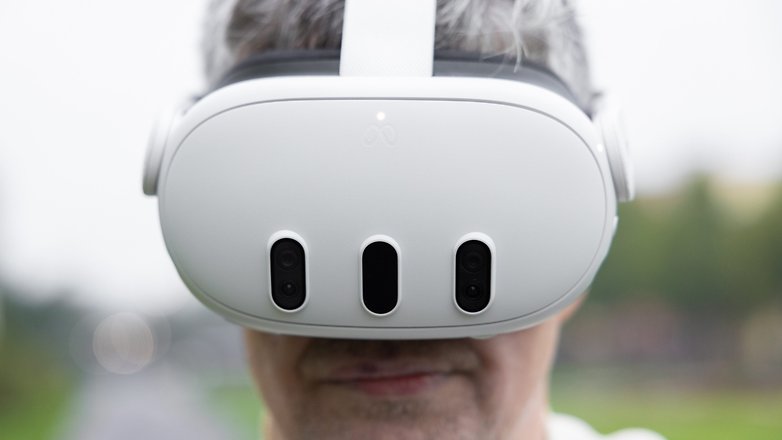
Read nextpit's full review of the Meta Quest 3
The Meta Quest 3 clearly has the potential to replace the previous industry leader–the Meta Quest 2–after years of leadership. In terms of price, we are away from the Quest 2 at just under $500 for 128 GB. Why the manufacturer has so far refused a 256 GB storage variant probably only Mark Zuckerberg knows.
Except for the small handicap of the price, the Meta Quest 3 is currently the best standalone VR or MR glasses. The mixed reality experience is outstanding, thanks to the depth sensor and two 4 MP RGB cameras. Finally, the glasses no longer have to be taken off to get in touch with the "real" reality. This passthrough works so well that even the smartphone display can be read without any problems.
Unfortunately, I also have a bit of criticism for the Meta Quest 3: there's no face and eye tracking, which is a bit of a shame given the big meta plans in terms of avatars. But somewhere there must be a justification for the Pro model, which is still quite expensive despite a radical price reduction. Of course, the battery only lasts just under two hours–but no one has ever done that better.
The biggest disappointment: HTC Vive XR Elite
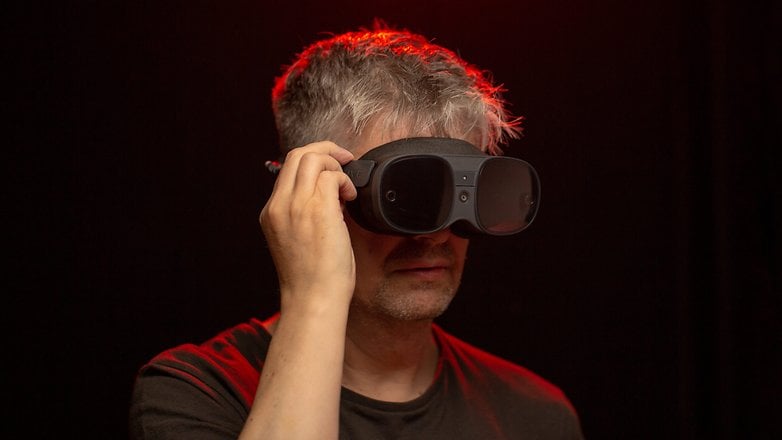
Read our in-depth HTC Elite XR review to learn more
The HTC Vive XR Elite was my big hope after our heads-on at the Berlin launch event. The Mixed Reality, or rather the RGB passthrough was the best of its kind I had seen so far in standalone VR glasses. Stefan was able to write me a WhatsApp message from his Apple iPhone 13 Pro without any problems—and mind you, with the XR Elite on!
Nothing has changed in this capability even after the extensive test, though! I don't even want to criticize that the battery mounted on the back in the headband was defective right upon arrival, but rather the much too soft privacy screen. This is actually also supposed to prevent the VR goggles from resting on the bridge of the nose with the hard plastic. However, it does not, as I had to find out after wearing it for a short time.
But the Vive XR Elite issues don't stop there: The VR app store is a real nightmare in terms of selection, and the software is a bit buggy at every turn. Freezing menus, misinterpretation of the finger controls during hand tracking, and the controllers often lose their connection. This is simply out of proportion for just under $1,400, so we only gave it three stars. We'd like to see more once you've fixed the aforementioned problems, HTC!
The NextGen MR/VR glasses: Apple Vision Pro
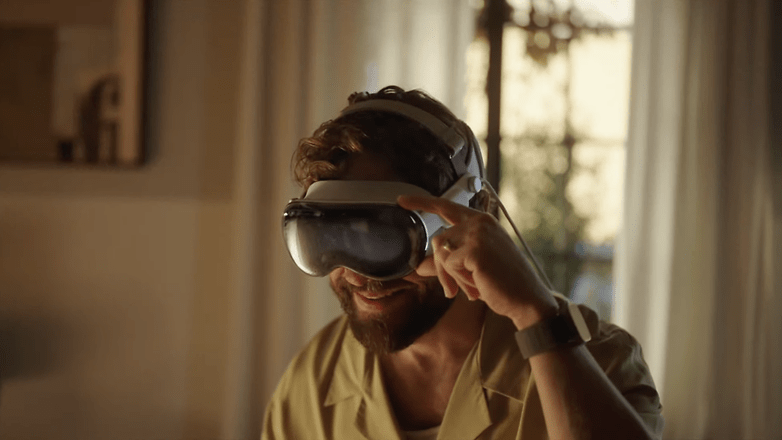
Check our impressions after the Apple Vision Pro's announcement
Is there anyone else here who didn't attend the opening keynote of Apple's WWDC 2023 developer conference? Okay, then since hereby quickly got on board:
Apple basically ushered in a new era during WWDC 2023 by unveiling a new operating system called visionOS and matching mixed reality glasses—the Apple Vision Pro. A $3,500 standalone VR/MR headset, that will not be available for purchase in the USA until early 2024. The spectacular thing about the all-in-one headset is that it basically packs only the highest-end components.
That starts with the two micro OLED displays, which can display over 23 million pixels—that is twice 4K! There is no heavy battery on the headband, but it can be stored separately in the pants pocket (or wherever you want) with a MagSafe cable and thus the capacity is variable. In general, a lot of attention was paid to wearing comfort.
Two processors (M1 & R1), 12 cameras, and five sensors provide an incomparable Mixed Reality experience, as long as you can trust the verdict of the few selected people who managed to test it. Controls on Apple's device do not rely on outdated controllers, but with the eyes, voice, and fingers, even though a certain haptic (vibration) is lost.
My colleague Camila Rinaldi already summed up everything you need to compare the Meta Quest Pro with the Apple Vision Pro based on the latest statements and the available facts.
That's it for the presentation of the four best standalone VR glasses selected by the nextpit team. Do you have other ideas or questions about the topic? Then feel free to ask them in the comments below.
This best list was revised in December 2023 after reviewing the Meta Quest 3. Existing comments were maintained.






